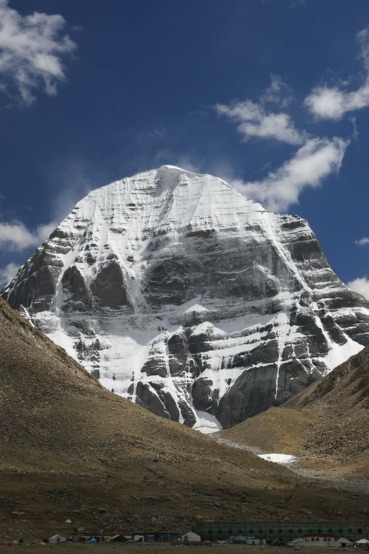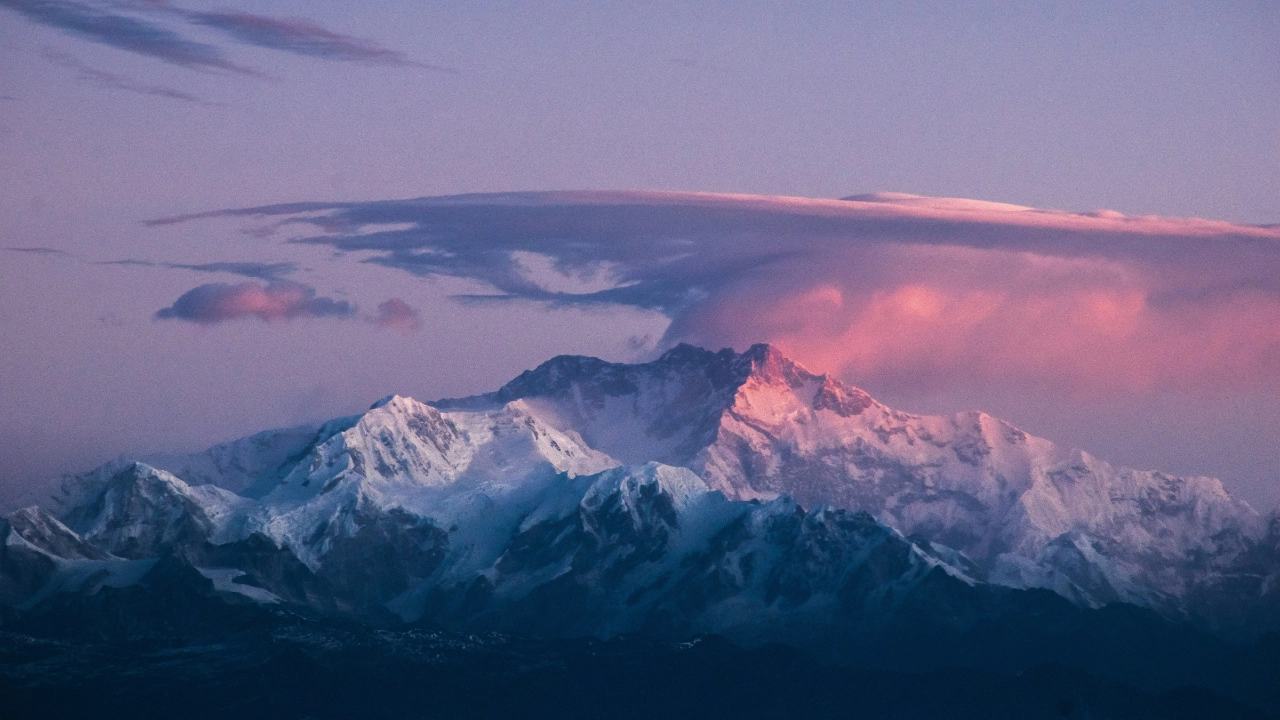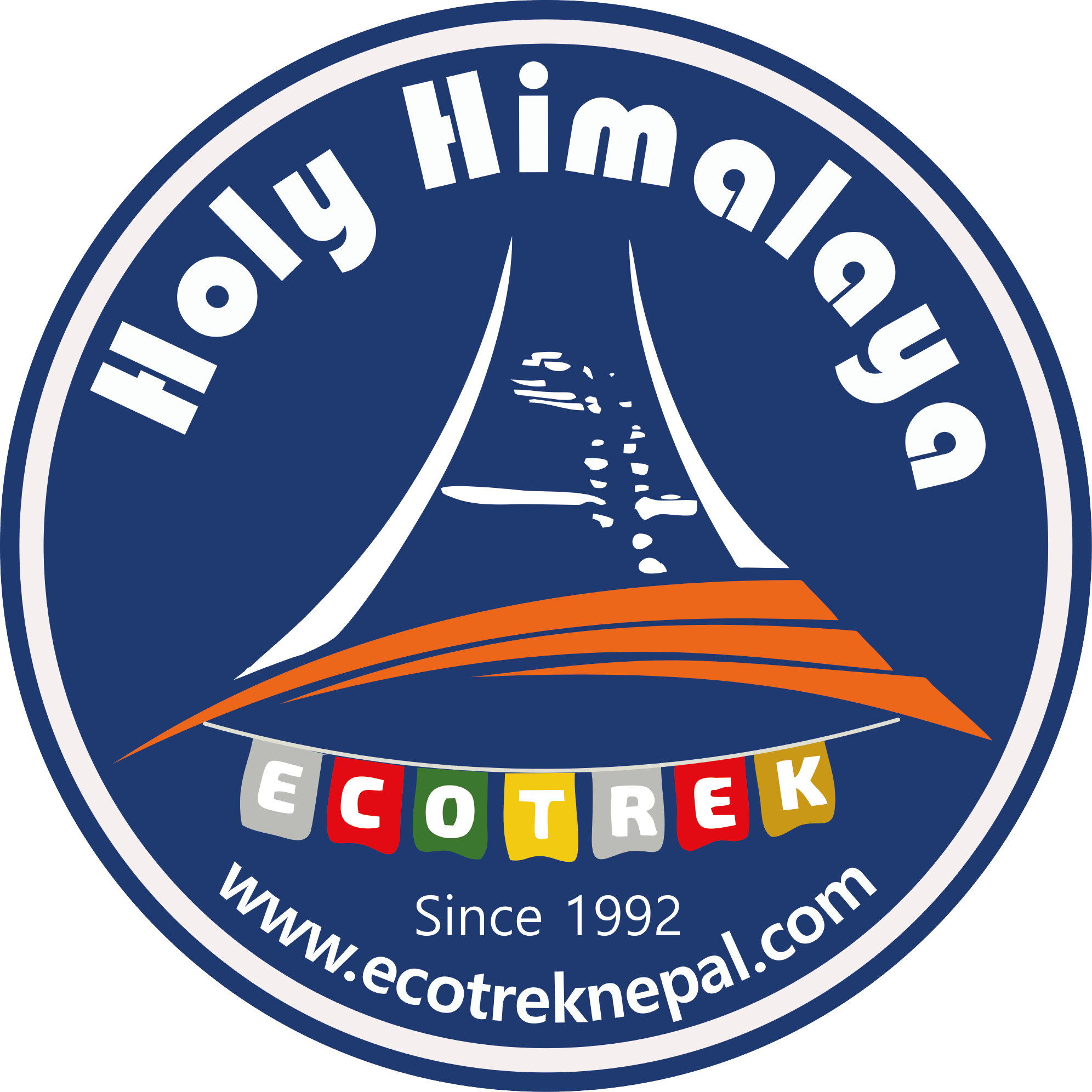
Manaslu Circuit Trek
Tour snapshot
16 Days
2 persons
Nepal
Trekking in Nepal
Overview
Manaslu Circuit, at an elevation of 8,163 m., is one of the 8th highest mountains in the world. Like a few other highest mountains (Annapurna, Dhaulagiri), you can trek around this mountain without having technical climbing knowledge or experience and see it from up close. It is almost in the central part of the Nepal Himalaya and is closer to Kathmandu Valley, with completely diverse nature, culture, people, faces, and lifestyles. From the lower river valley with Hindu culture to the high mountain glassier valleys with ancient monasteries, prayer flags, chortens, and prayer-carved mani walls, the Manaslu region has it all. The trek offers you an opportunity to interact with the local people, exchanging cultures and traditions and immersing yourself in the mountain lifestyle. It goes from village to village, near and around human settlements. You can witness the majestic Himalayan ranges, including Manaslu, Himalchuli, Ngadi Chuli, Cheo Himal, Himlung, Larke Peak, Annapurna II, and many other snow-capped peaks, within a 2-week walk, and it is also possible to have a 2-week detour to the inner valley of Tsum. You can have a few extra hours to walk and react to the Nepal-Tibetan border.
Highlights
- Trek through diverse landscapes, from Hindu villages to Tibetan-influenced settlements.
- Marvel at majestic Himalayan peaks like Manaslu, Himalchuli, Ngadi Chuli, Cheo Himal, Himlung, Larke Peak, Annapurna II, and many other snow-capped peaks.
- Cross picturesque valleys and suspension bridges over the rushing Budi Gandaki River.
- Explore ancient monasteries adorned with prayers flags and chortens.
- Conquer the challenge of Larkya La Pass at 5,100m. for stunning panoramic views.
Itinerary




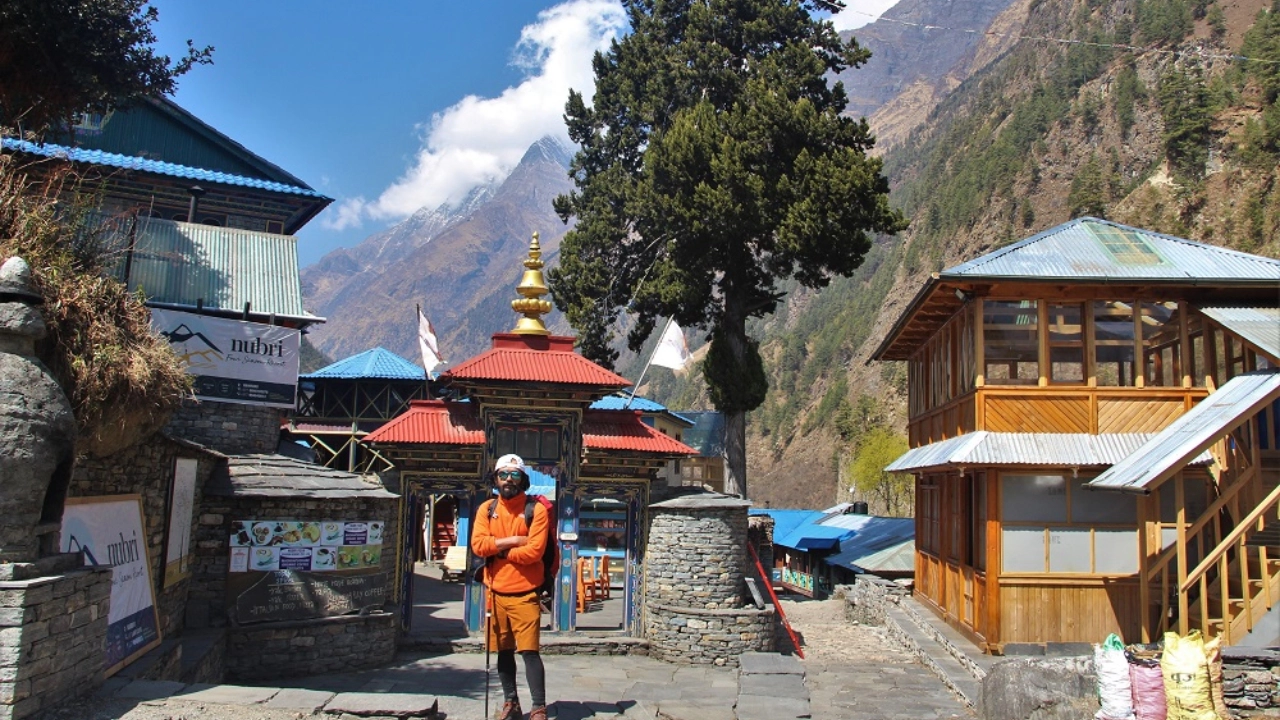







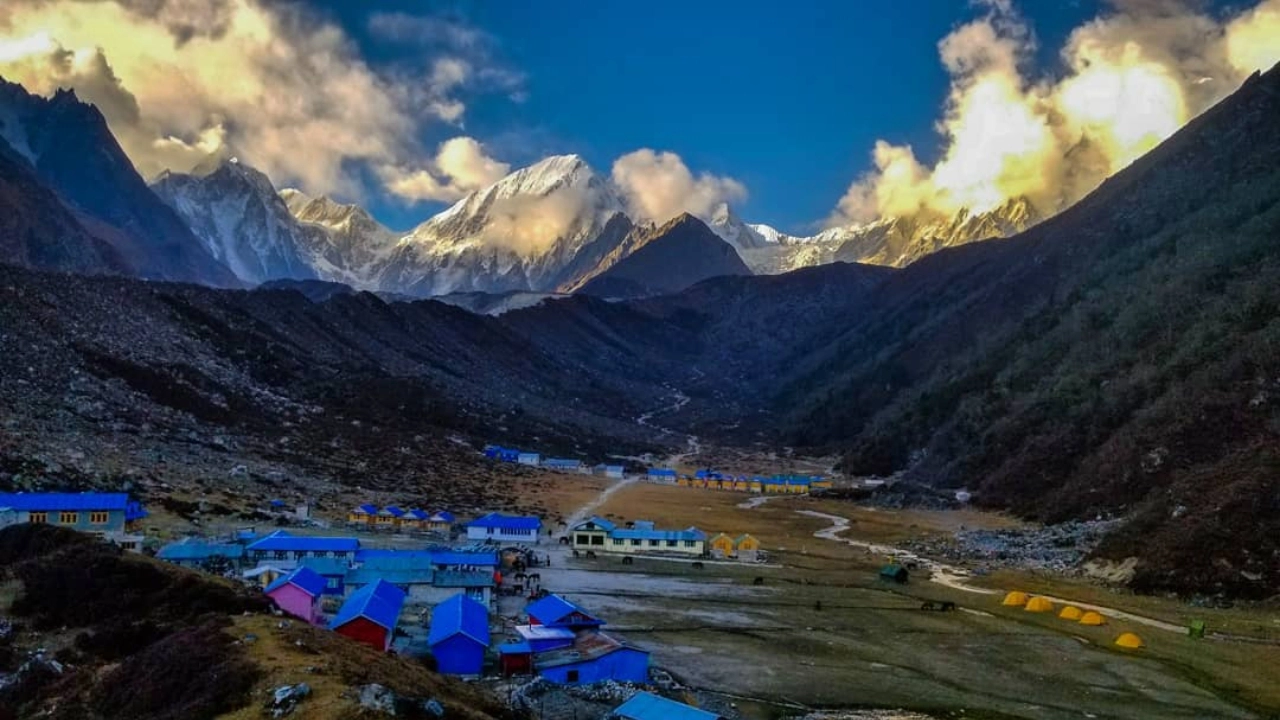
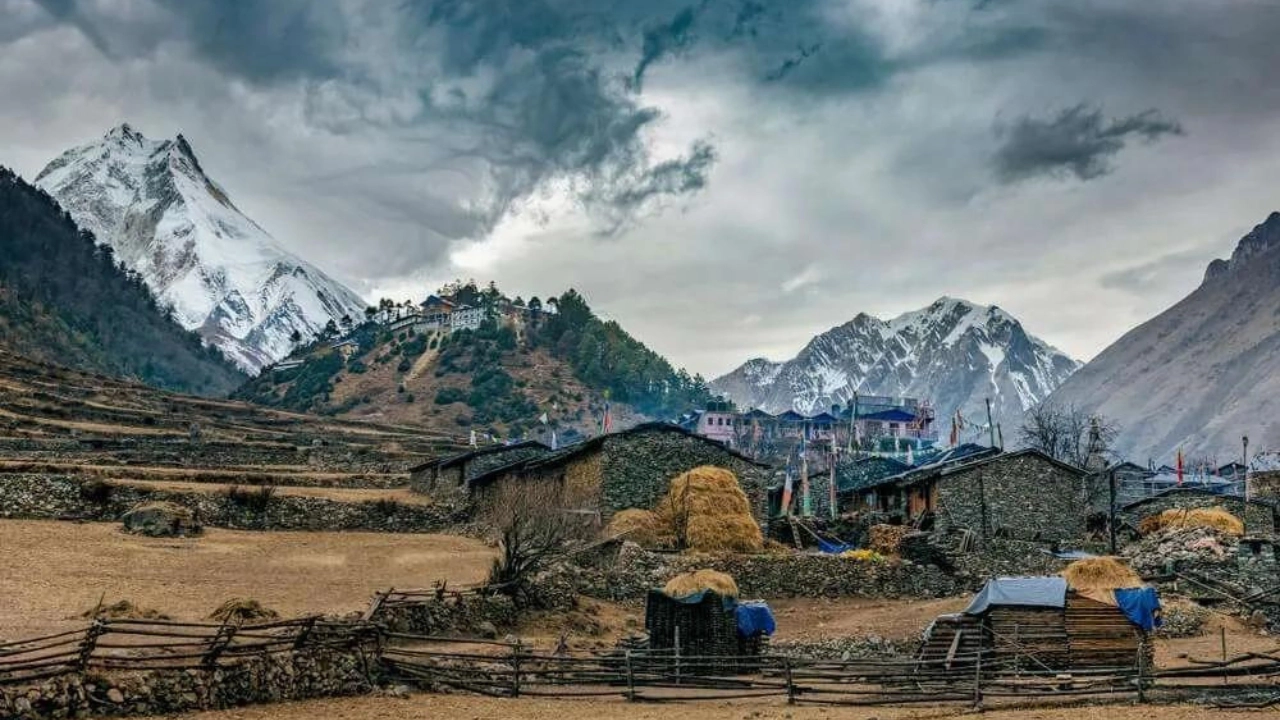


Included/Excluded
Service Fee Only, Explore Nepal Fully!
Select Dates
{{type.name}}
{{type.display_price}} per person
Guests
Extra prices:
- {{total_price_html}}
- {{pay_now_price_html}}
FAQs about Manaslu Circuit Trek

The best time for the Manaslu Circuit trek is from March to May (spring) and September to November (autumn). The skies are clearer in this season with stable weather and a moderate temperature, making the trek even more pleasant with amazing and unobstructed views. Though in spring or autumn, always be prepared for lower temperatures in the higher altitudes and even the possibility of occasional rain or snowfall.

Locals are already able to serve visitors and trekkers with basic meals and rooms, warm beds, hot water, toilets, and bathrooms, including electricity and recharging facilities. So, you can trek with light weight; no camping gear is needed on the entire trek while doing Manasalu. In fact, for the for the last few years, this has been one of the most demanding trekking trails in the Himalaya.

There are varieties of foods you can have throughout the trek, from Dal Bhat to soups, pasta dishes, and various fried rice dishes for the meal. Breakfast comes with porridge, pancakes, omelettes, boiled eggs, and various breads. Tea, coffee, hot chocolate, beers—the trek has it all. This trail shop is getting richer in the menu.

If you are in good shape and can walk for a couple of hours without feeling utterly exhausted, you can do the trek. It will be a little tough for people who have never done a high-altitude trek, but with thorough preparation, optimal training, and a meticulous plan, even a first-time trekker can successfully complete the Manaslu Circuit trek. Altitude sickness is always the same or similar issue on any trek that goes high altitude.

You are not allowed to travel alone in this region, so having a guide is a must if you are alone. You can get yourself a guide that costs you $20–$30 per day. They will speak proper English and will have knowledge about almost everything in the region. They will not only give you directions but also share interesting facts about the place, including its cultural and religious importance. If you don’t want to trek with a heavy load on your shoulders, the easiest way is to hire a porter. Porters can carry up to 30 kg maximum, but less is better, and will cost you $18–25 per day. You can share a porter with two trekkers. HOLY HIMALAYA ECO TREK WILL PROVIDE THE EXPERIENCED GUIDES AND PORTERS FOR YOU SO YOU DONT HAVE TO WORRY ABOUT IT

WiFi is increasingly available at guesthouses throughout the trek but comes with a charge depending on what altitude you are at and gives patchy coverage. You can use local SIM cards, either NTC or NCELL, when trekking, but NTC has better phone signal and data connection on the Manaslu Circuit trek.

You will require three permits for the Manaslu Circuit Trek. The first one is the Manaslu Restricted Area Permit (RAP). This permit is needed between Jagat and Dharapani. It will cost you $100 per week from September to November for 7 days and an extra $15 for each additional day. The cost of RAP is $75 per week in December, as it is the off-season for trekking. $10 is charged for every additional day. The second permit you need is the Manaslu Conservation Area Permit (MCAP). It will cost you 3000 NPR per person, and only local currency is accepted for this permit. This permit helps to protect the ecosystem of the area and improve the lives of local people. The last one is the Annapurna Conservation Area Permit (ACAP), since the Manaslu circuit crosses into the Annapurna Conservation Area. This permit costs 3000 NPR per person, and only local currency is accepted. You can get your permits from the Nepal Tourism Board either by yourself or by having your guide or travel agency do it for you. The permits require your passport and two passport-sized photographs. HOLY HIMALAYA ECO TREK WILL MANAGE THE PERMITS SO YOU DONT HAVE TO WORRY ABOUT IT

